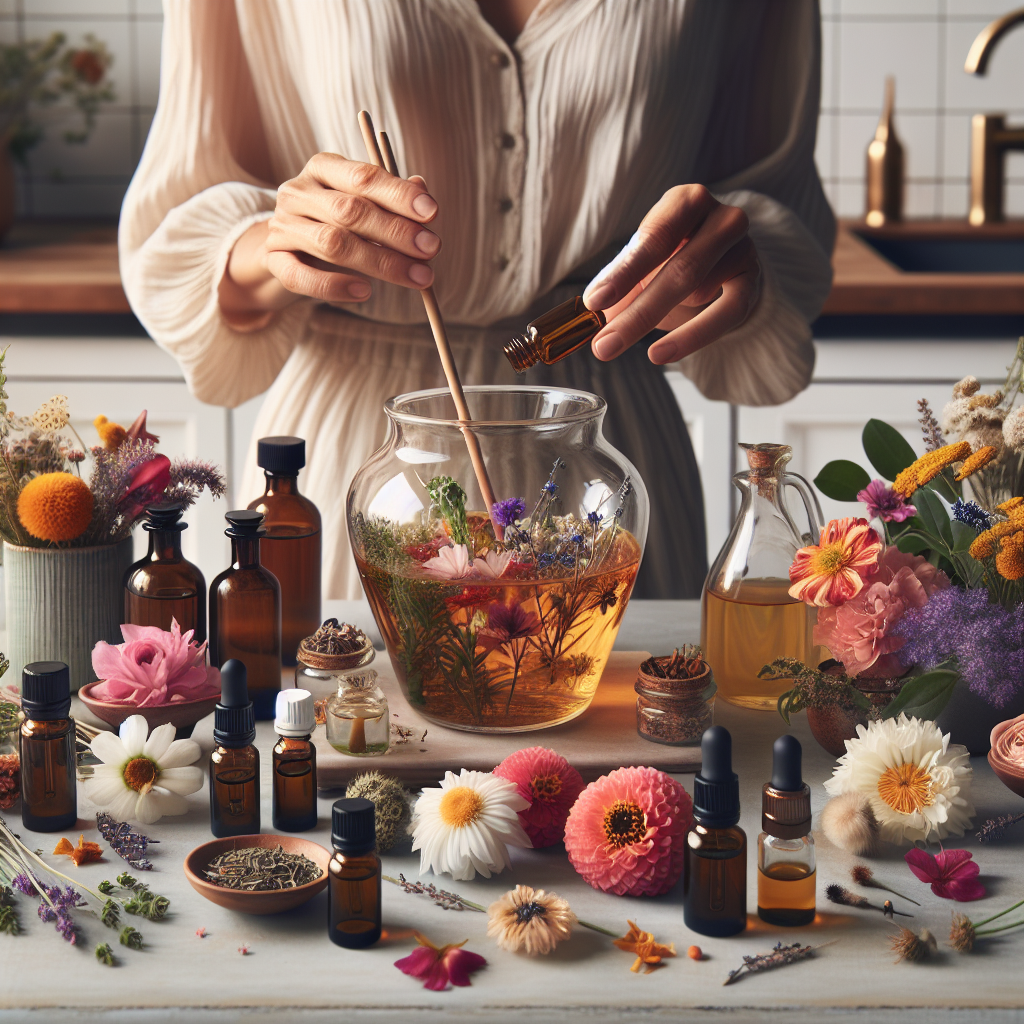Creating your own signature scent can be a fun and rewarding experience. DIY perfumes allow you to express your individuality, ensure that you are using natural ingredients, and customize a fragrance that suits your personality. This article explores several DIY perfume recipes to help you craft a personalized aroma.
Understanding Fragrance Notes
Before diving into the recipes, it’s important to understand fragrance notes. Perfumes are generally composed of three layers:
- Top Notes: The initial scent that you smell, which usually lasts for about 15-30 minutes. Common top notes include citrus and herbs.
- Middle Notes: The heart of the perfume that emerges once the top notes fade. These typically last for several hours and include floral and fruity scents.
- Base Notes: The lasting scent that gives the perfume depth. These may last for hours or even days and include scents like vanilla, musk, and wood.
Basic DIY Perfume Recipe
Here’s a simple recipe to create your own perfume:
Ingredients
- Carrier Oil (e.g., sweet almond oil, jojoba oil)
- Essential Oils (choose your desired combination)
- Glass perfume bottle or rollerball
Instructions
- Start with 2 tablespoons of carrier oil in your glass bottle.
- Add approximately 20-30 drops of your chosen essential oils, adjusting the amount according to your preference.
- Cap the bottle and shake gently to mix.
- Let the perfume sit for 48 hours to allow the scents to blend.
- Test the perfume and adjust as necessary.
Signature Scent Combinations
Here are some delightful combinations to inspire your fragrance creation:
Citrus Breeze
- Top Note: Lemon Essential Oil
- Middle Note: Lavender Essential Oil
- Base Note: Cedarwood Essential Oil
Floral Delight
- Top Note: Bergamot Essential Oil
- Middle Note: Rose Essential Oil
- Base Note: Sandalwood Essential Oil
Earthy Woods
- Top Note: Grapefruit Essential Oil
- Middle Note: Jasmine Essential Oil
- Base Note: Patchouli Essential Oil
Tips for Creating Your DIY Perfume
- Test in Small Batches: Start with small quantities to find the perfect blend before making a larger batch.
- Use High-Quality Essential Oils: The quality of your ingredients will directly affect the scent.
- Keep Notes: Document your recipes and adjustments to replicate your favorite scents in the future.
- Store Properly: Keep your perfume in a dark, cool place to maintain its integrity.
Conclusion
Creating your own perfume is not only a creative journey but also a way to express your personal style. With these DIY perfume recipes and tips, you can craft a signature scent that speaks to who you are. Enjoy the process and let your imagination run wild!

